
Beijing
Touring exhibit
Old Painting Exhibition of European Masters
of the 16th - 18th Century
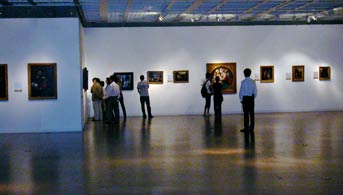
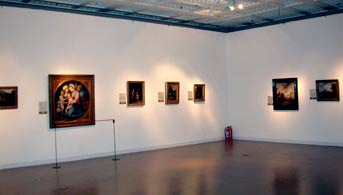
The Holy Family exhibited in the museum.
Santi di Tito, (1536-1603)
The Holy Family with Saint Elizabeth and Saint John the Baptist.
Oil on oak panel, composed of 6 parts, 101,5 x 100 cm
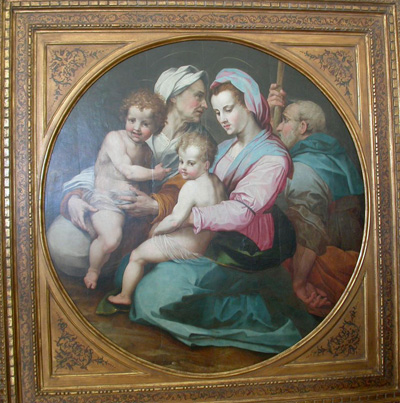
This painting was restored numerous times. The paint layer was blistered due to the wood panel movements. The oak panel was cut and is today thinner than its original form. In order to hold the panel in place but also to allow movements due to humidity fluctuations, the painting was mounted in a frame and stretcher system with spring screws.
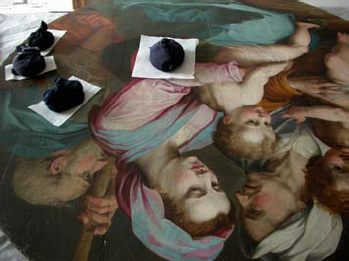
Traditional rabbit skin glue was injected in the blisters over which a thin sheet of paper was applied. The area was then heated with a spatula and a weight was laid over in order to flatten the blister while the glue dries.
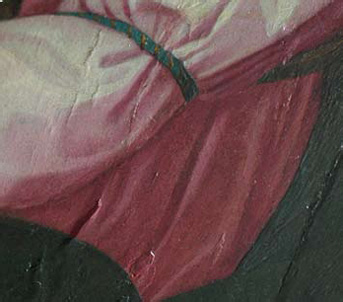
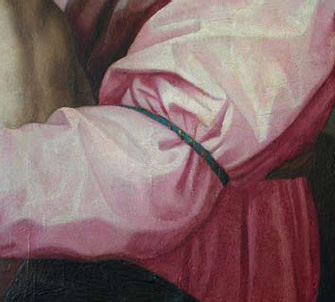
The damaged areas were inpainted and the varnish was harmonized once the blisters were treated. Conservation guidelines were proposed in order to better preserve the painting; it was suggested that the artwork should be exhibited in an area with constant humidity levels.
Jacob Bouttats, (around 1660-1700)
Orpheus Charming the Animals
Oil on oak cradled panel, 74 x 113,5 cm
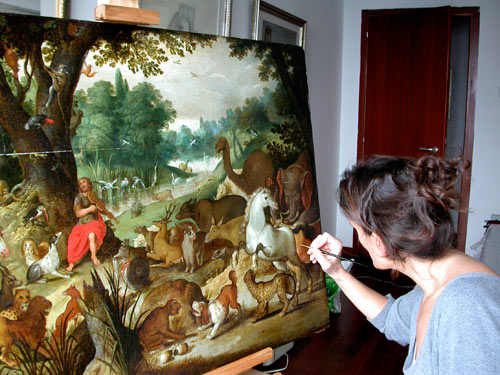
The painting was in a precarious state of conservation due to the tension created by the cradled support. A network of fine craks in the paint layer and blisters between the preparation and the paint layer had recently appeared.
The paint layer had recently been restored, however the inpaints were visible and the varnish was applied evenly.
Cradled panels are cause for concern for conservators and often need an urgent intervention.
Cause: poor hygrometry levels, binding cradled panel causes tension, transport and exhibition without surveillance of humidity fluctuations.
Outcome: deformation of the support, opening of the glued joints, gaps between the boards, contraction of the support, detachment of the layers.
Treatments: unmounting of the cradled panel, glueing together the gaps between the boards and the opening joints, consolidation of the paint layer. This treatment needed to intervene on the paint layer as well as the support.
The cradled panel tension exerted on the artwork needed to be resolved in order to assure its future conservation. The blistering of the paint layer needed to be consolidated and lacunae that appeared between the boards of panel were filled in and inpainted.
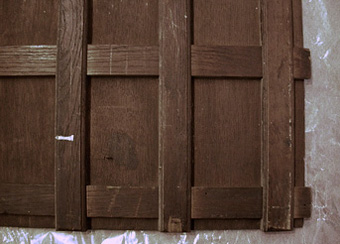
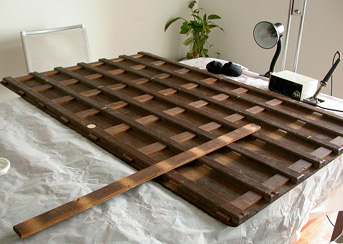
Unmounting of the cradling.
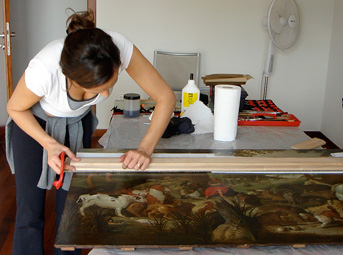
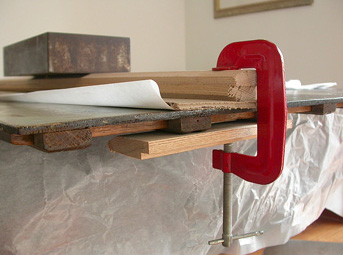
Glueing of the opened joints with wood glue and clamps.
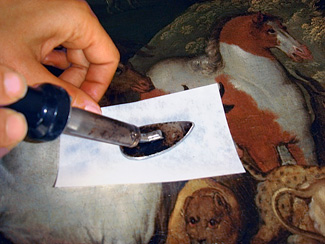
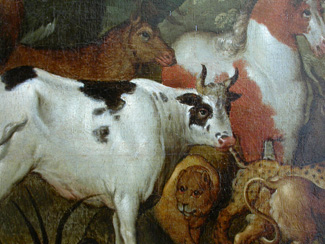
Heating with a spatula before inpainting
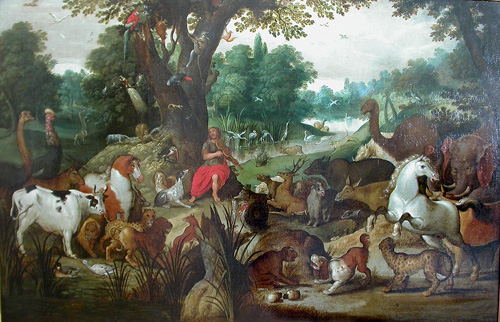
Restored painting.
